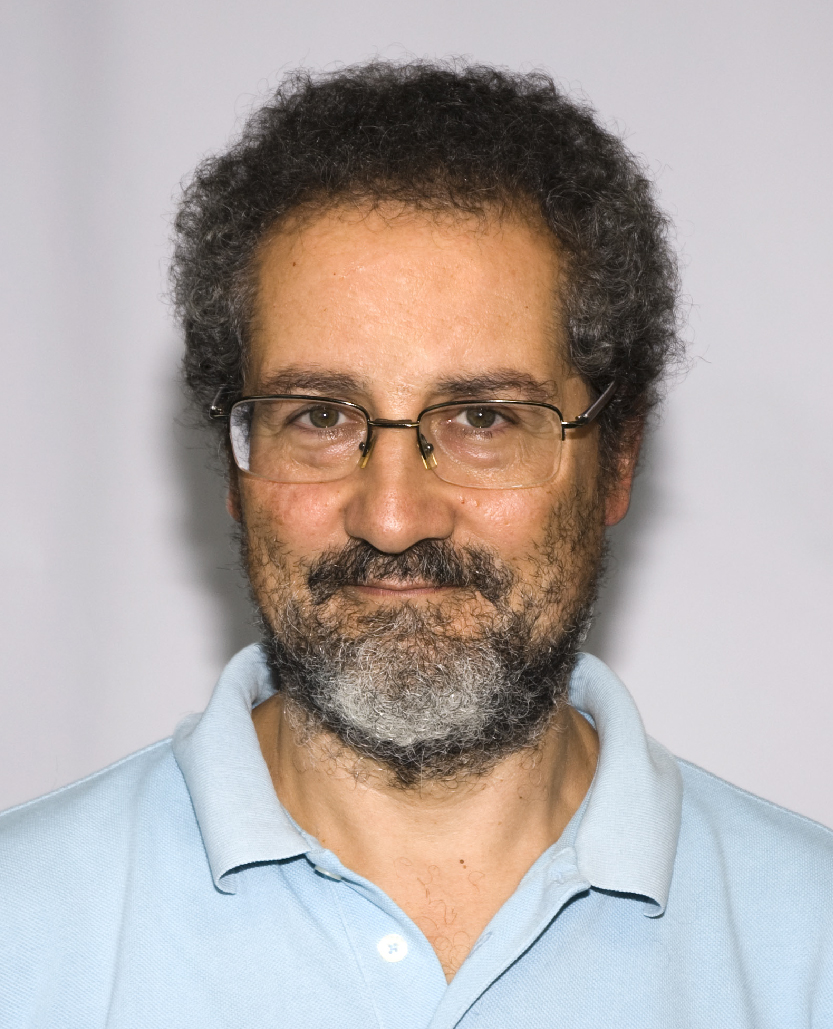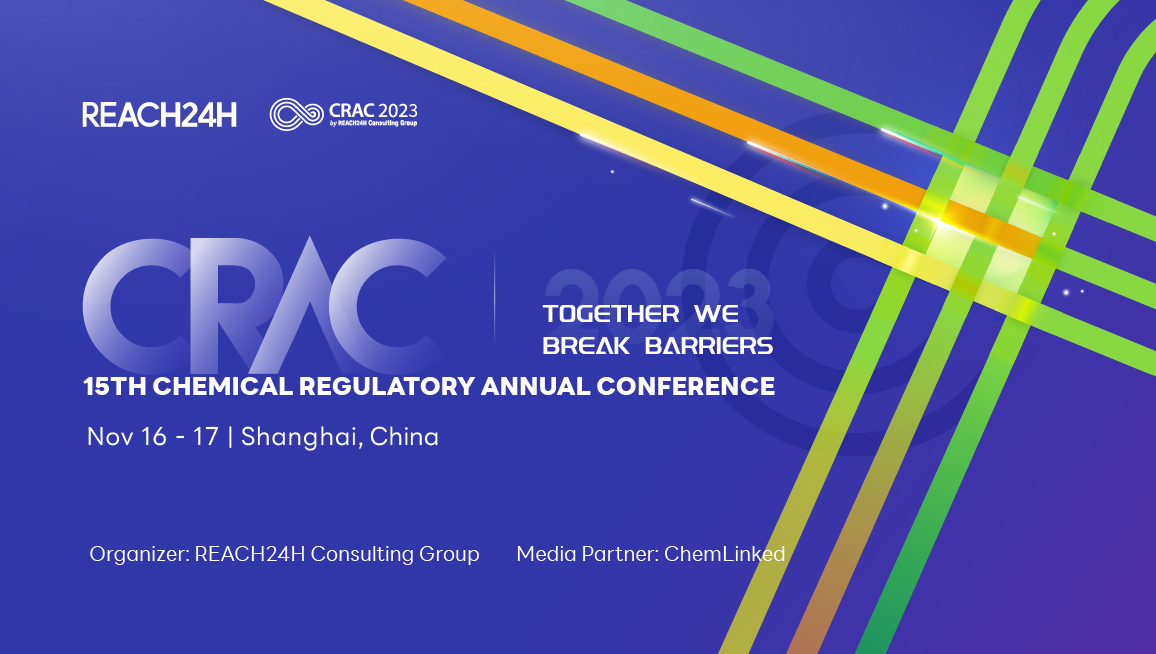INTRODUCTION
QSAR, (Quantitative) Structure-Activity Relationship, has become a widely used principle in the fields of chemicals, daily chemicals, pesticides, disinfectants, etc. This model has been growing steadily in its global use due to its reduced costs as compared to traditional testing methods, its use as an alternative to animal testing, as well as its ability to accelerate the assessment process. QSAR has been increasingly utilized for the filing of data gaps along with the development of computer technology.
REACH24H Consulting Group is proud to have established a partnership with VEGA Hub to help its clients achieve full qualification in the global property evaluation of chemicals. To this end, REACH24H will hold a training session to further promote the QSAR model on the VEGA Hub platform, led by the experts Dr. Emilio Benfenati and Dr. Giuseppina Carla Gini.
Support QSAR at R&D, regulatory, risk assessment and review levels, help us promote the wider use of non-test methods at the regulatory level.
- DATE: 05/13/19—5/17/19
- ORGANISER: REACH24H China
- VENUE: Huachen International Hotel, Hangzhou, China.
TRAINING AGENDA
** The Training will be conducted in English and translated into Chinese, please be reminded to bring your personal laptop to practice.
| Morning session(8:30 ~ 12:00) | Afternoon(13:30 ~ 17:45) | |
| Day 1
Monday 13 May, 2019 |
|
|
| Day 2
Tuesday 14 May, 2019 |
|
|
| Day 3
Wednesday 15 May, 2019 |
|
|
| Day 4
Thursday 16 May, 2019 |
|
|
| Day 5
Friday 16 May, 2019 |
|
|
TRAINERS

Dr. Emilio Benfenati
Head of the Laboratory of Environmental Chemistry and Toxicology at the Mario Negri Institute, Milan, Italy.
With a previous position of researcher at Stanford University, USA, Dr. Emilio Benfenati has specialized in toxicity and environmental modeling, molecular descriptors, QSAR, toxicity prediction, contamination and risk assessment. He is a leading R&D member of VEGA Hub, ToxRead and other models which have been used by several European institutions such as ECHA and EFSA. He has coordinated more than 20 European projects and has participated in over 50 projects, many of which involved toxicity and environmental models.
Dr. Benfenati has authored/co-authored 350 international papers, and contributed as organizer of the SETAC 2011 conference (2350 participants) and QSAR 2014 (200 participants).

Professor Giuseppina Gini
Associate Professor, Department of Electronics, Information, and Bioengineering, Politecnico di Milano, Italy.
Professor Giuseppina Gini has worked in Stanford University and SRI International’s Artificial Intelligence Laboratory and Nuclear Magnetic Resonance Laboratory. Since 1987, she has been an Associate Professor in the Department of Electronics, Information, and Bioengineering at the Polytechnic University of Milan. Professor Giuseppina Gini’s research covers a wide range of topics, including computational intelligence, knowledge representation, machine learning, mathematical modeling and its applications. She developed a free software for QSAR (SARpy) and models for various endpoints, especially mutagenicity.
Professor Giuseppina Gini is also the author/co-author of more than 280 international journal articles and is the editor of two books. Since 1985, she has served as a Principal Investigator for approximately 30 international and national research projects (from NATO, EU, CNR, MURST) and served as coordinator for one of the projects.
TARGET AUDIENCE
- Chemical industry involved in REACH, biocides, cosmetics, agrochemicals, pharmaceuticals (ICH M7),food contact materials and other health-related products
- Staff for (eco)toxicity profile anticipation;
- Researchers and university students;
- National authorities;
HOW TO REGISTER
Please click here to register online
Registration fee: 1,650 USD for 5 days’ training (excluding accommodation and VAT, contact us for hotel reservation if necessary)

